Home>Garden Essentials>How Often To Replace 5-1-1 Soil Mix
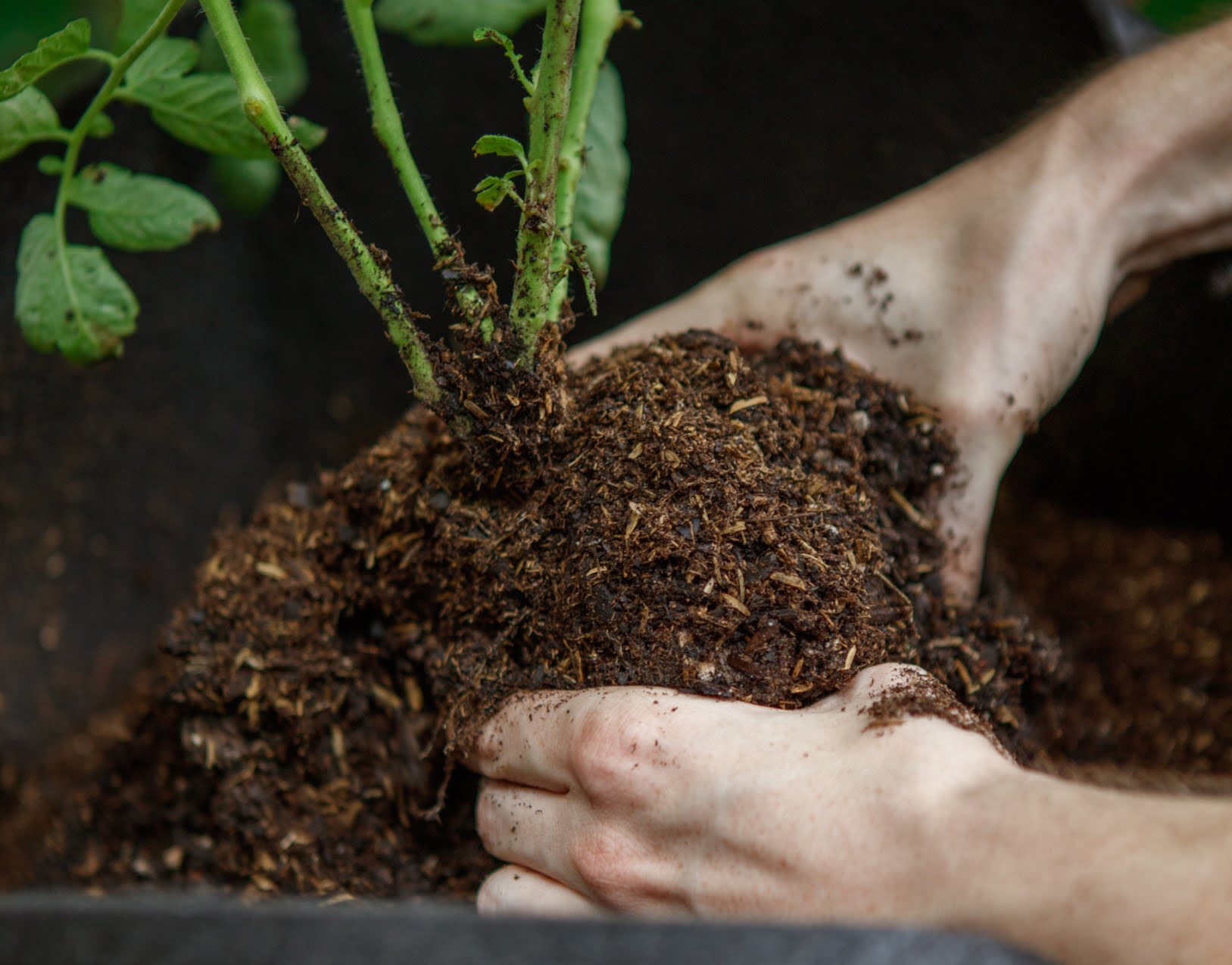

Garden Essentials
How Often To Replace 5-1-1 Soil Mix
Modified: March 15, 2024
Discover how often to replace your 5-1-1 soil mix for an optimal garden. Keep your garden thriving with our expert advice on soil maintenance and longevity.
(Many of the links in this article redirect to a specific reviewed product. Your purchase of these products through affiliate links helps to generate commission for Storables.com, at no extra cost. Learn more)
Introduction
When it comes to gardening, the quality of your soil is paramount. It provides the necessary nutrients, moisture, and support for plants to thrive. A common practice among gardeners is to create custom soil mixes to meet the specific needs of different plants. One such popular soil mix is the 5-1-1 soil mix.
The 5-1-1 soil mix is a mixture of three main components: five parts compost, one part perlite, and one part peat moss. This combination allows for excellent drainage, aeration, and moisture retention, making it an ideal choice for a wide range of plants, including vegetables, herbs, and flowering plants. However, like any other type of soil, the 5-1-1 mix may need to be replaced periodically to maintain its effectiveness.
In this article, we will explore the factors to consider when determining the need for soil mix replacement, signs that indicate it’s time for a change, and recommendations for how often you should replace your 5-1-1 soil mix.
Key Takeaways:
- It’s important to replace your 5-1-1 soil mix annually to keep your plants healthy. Signs like compacted soil, poor drainage, and unhealthy plant growth indicate it’s time for a change.
- When replacing your soil mix, follow steps like preparing fresh soil, cleaning containers, and proper planting to create a healthy environment for your plants.
Read more: How To Make Potting Soil Mix
What is a 5-1-1 Soil Mix?
A 5-1-1 soil mix is a specific blend of three components: compost, perlite, and peat moss. The name “5-1-1” refers to the ratio in which these components are mixed. It consists of five parts compost, one part perlite, and one part peat moss. Let’s take a closer look at each component:
- Compost: Compost is a key ingredient in the 5-1-1 soil mix. It is created by decomposing organic matter, such as kitchen scraps, yard waste, and leaves. Compost is rich in nutrients and provides a source of organic matter that helps improve soil structure and fertility. It also enhances moisture retention and encourages beneficial microorganisms in the soil.
- Perlite: Perlite is a lightweight, porous material that is added to the soil mix to improve drainage and aeration. It is made from volcanic glass that is heated to a high temperature, causing it to expand and form small white particles. Perlite helps prevent soil compaction and allows excess water to drain freely, reducing the risk of waterlogged roots and root rot.
- Peat Moss: Peat moss is another essential component of the 5-1-1 soil mix. It is derived from partially decomposed sphagnum moss found in peat bogs. Peat moss has excellent water retention properties, helping to keep the soil moist. Additionally, it contributes to soil acidity, making it suitable for acid-loving plants. Peat moss also improves soil structure by loosening heavy clay soils and increasing their ability to retain nutrients.
The combination of compost, perlite, and peat moss in the 5-1-1 soil mix creates a well-balanced medium that promotes healthy root development, sufficient drainage, and proper moisture retention. This makes it particularly suitable for container gardening, raised beds, and plants that prefer well-draining soil conditions.
Factors to Consider
Several factors should be taken into account when determining whether or not to replace your 5-1-1 soil mix. These factors can help you assess the overall condition of the soil and make an informed decision. Here are some key factors to consider:
- Plant Health: One of the primary factors to consider is the health and vigor of your plants. If your plants are struggling, exhibiting stunted growth, yellowing leaves, or showing signs of nutrient deficiencies despite proper care, it may be an indication that the soil mix needs to be replaced. Unhealthy plants could be a sign that the nutrients in the soil mix are depleted or imbalanced.
- Drainage Issues: Observe the drainage quality of your 5-1-1 soil mix. If you notice excessive pooling of water, slow drainage, or waterlogged conditions, it could indicate a problem with the soil mix. Poor drainage can lead to root rot and other fungal diseases, hindering plant growth and overall health.
- Soil pH: The pH level of the soil is an important consideration. Plants have varying pH preferences, and the 5-1-1 soil mix may need adjustments over time to meet the specific pH requirements of different plant species. Test the pH of your soil mix regularly using a pH testing kit. If the pH is consistently too high or too low for your plants, it might be time to replace the soil mix or make appropriate amendments.
- Nutrient Depletion: Over time, nutrients in the soil mix can become depleted as plants extract them for growth. Regular fertilization can help replenish these nutrients, but there may come a point when the soil mix can no longer provide adequate nutrition. If you notice that your plants are no longer responding to fertilization or are showing signs of nutrient deficiencies, it could be an indication that the soil mix needs to be refreshed.
- Organic Matter Breakdown: The organic matter in the 5-1-1 soil mix, such as the compost and peat moss, will decompose over time. This breakdown can lead to a loss of structure, reduced water-holding capacity, and decreased nutrient availability. If the soil mix appears compacted, has lost its fluffiness, and fails to retain moisture as effectively as before, it may be time to replace it.
- Persistent Pests and Diseases: If you are consistently dealing with pest infestations or recurring plant diseases despite proper preventive measures, the soil mix could be a potential culprit. Some pests and diseases can take up residence in the soil and become difficult to eradicate. Replacing the soil mix can help disrupt their life cycle and reduce the risk of continued problems.
By considering these factors and regularly assessing the condition of your 5-1-1 soil mix, you can make informed decisions on the appropriate timing for soil mix replacement. It’s essential to provide your plants with a healthy growing medium to ensure their optimal growth and longevity.
Signs that Your 5-1-1 Soil Mix Needs Replacement
Knowing when to replace your 5-1-1 soil mix is crucial for maintaining the health and productivity of your plants. Here are some signs that indicate your soil mix may need to be replaced:
- Compacted or Hard Soil: If your soil mix feels compacted or hard, it could be an indication that it has lost its structure and aeration. Compacted soil prevents proper root development and inhibits moisture and nutrient absorption. Replacing the soil mix can help create a more favorable growing environment for your plants.
- Poor Drainage: If you notice that your soil mix is retaining water for an extended period or not draining properly, it may be a sign that it is no longer providing adequate drainage. Excessively wet soil can lead to root rot and other fungal diseases. Replacing the soil mix with a fresh and well-draining mixture can help prevent these issues.
- Unhealthy or Stunted Plant Growth: If your plants are showing signs of poor growth, such as stunted height, yellowing leaves, or overall wilting, it may indicate that the soil mix is lacking essential nutrients or is imbalanced. Over time, the nutrients in the soil mix can become depleted, which can negatively impact plant health. Replacing the soil mix can provide a fresh supply of nutrients to support healthy growth.
- Insect and Pest Infestation: Persistent pest infestations, despite proper pest management practices, could be a sign that the soil mix is harboring pests. Some insects and pests lay eggs or hide in the soil, and if their population becomes established, it can be challenging to get rid of them. Replacing the soil mix can help break the cycle and reduce the risk of ongoing pest issues.
- Recurring Disease Problems: If you consistently encounter recurring plant diseases, such as fungal infections or blight, it could be an indication of contaminated soil. Some pathogens can survive in the soil and infect plants year after year. Replacing the soil mix can minimize the risk of disease spread and allow for a fresh start.
- Lack of Nutrient Response: If your plants are not responding to fertilization as expected, it could be a sign that the nutrient content of the soil mix is depleted. Even with regular fertilization, the soil mix may reach a point where it cannot provide essential nutrients. Replacing the soil mix with a fresh mixture can ensure that your plants have access to the nutrients they need for healthy growth.
By keeping an eye out for these signs, you can determine whether your 5-1-1 soil mix needs to be replaced. Regularly assessing the condition of your soil mix and providing fresh, nutrient-rich soil will help create favorable growing conditions and support the overall health and vitality of your plants.
It is recommended to replace 5-1-1 soil mix every 2-3 years to maintain its quality and ensure optimal plant growth. Over time, the organic components break down and the mix becomes compacted, leading to poor drainage and aeration.
How Often Should You Replace Your 5-1-1 Soil Mix?
The frequency at which you should replace your 5-1-1 soil mix depends on several factors, including the type of plants you are growing, the environmental conditions, and the overall condition of the soil mix. While there is no exact timeframe for replacement, here are some general guidelines to consider:
- Annual Replacement: As a general rule, it is recommended to replace the 5-1-1 soil mix annually, especially if you grow plants in containers or raised beds. Over time, the organic matter in the soil mix breaks down, nutrients get depleted, and the structure may become compromised. By replacing the soil mix every year, you can ensure that your plants have access to fresh, nutrient-rich soil.
- Plant Type: Some plants are more demanding in terms of nutrient requirements and soil conditions. If you are growing nutrient-hungry plants such as vegetables, annual flowers, or potted fruit trees, you may need to replace the soil mix more frequently. These plants consume nutrients rapidly, and regular replacement will ensure they have an adequate supply to support their growth.
- Environmental Factors: Certain environmental factors, such as extreme weather conditions or heavy rainfall, can impact the longevity of your soil mix. Excessive rain can leach nutrients from the soil, making frequent replacement necessary. Similarly, if you experience prolonged dry spells or intense sunlight, your soil mix may dry out quickly, affecting its quality and nutrient content.
- Plant Health and Performance: Monitor the health and performance of your plants as an indicator of when to replace your soil mix. If you notice a decline in plant health, slow growth, nutrient deficiencies, or persistent pest and disease issues despite proper care, it may be a sign that the soil mix needs to be refreshed. This is especially true if you have already addressed other potential factors that could affect plant health.
- Regular Maintenance: In addition to annual replacement, regular maintenance practices can help extend the lifespan of your soil mix. Adding organic matter, such as compost or well-rotted manure, can enhance the nutrient content and improve the structure of the soil mix. Regularly check and adjust the pH level, fertilize as needed, and practice proper watering techniques to maintain the health and fertility of the soil mix.
Ultimately, the decision to replace your 5-1-1 soil mix depends on multiple factors specific to your garden and plants. It is important to regularly assess the condition of the soil mix, monitor plant health, and make adjustments accordingly. By maintaining a healthy and nutrient-rich soil mix, you can provide an optimal growing environment for your plants and maximize their productivity and beauty.
Read more: What Is Humus Soil Mix
Steps to Replace Your 5-1-1 Soil Mix
When the time comes to replace your 5-1-1 soil mix, it’s important to follow proper steps to ensure a smooth transition and maintain the health of your plants. Here are the key steps to guide you through the process:
- Prepare a New Soil Mix: Before removing the existing soil mix, prepare a fresh batch of 5-1-1 soil mix. Mix together five parts compost, one part perlite, and one part peat moss thoroughly to create a well-balanced soil blend. Ensure that the components are evenly distributed, providing optimal drainage, aeration, and moisture retention.
- Remove the Old Soil Mix: Carefully remove the existing soil mix from containers, raised beds, or garden beds. Use a garden fork or shovel to loosen the soil and gently scoop it out, being mindful not to disturb the plant roots excessively. Dispose of the old soil mix responsibly or repurpose it for other non-container gardening purposes.
- Clean the Containers: If you are replanting in containers, thoroughly clean them to remove any lingering pests, diseases, or debris. Wash the containers with warm, soapy water, and rinse them well. This step helps prevent the introduction of contaminants into the new soil mix.
- Add a Drainage Layer: If you are replanting in containers, add a layer of small rocks or gravel at the bottom to improve drainage. This layer will help prevent water from pooling at the bottom of the container and promote proper drainage of excess water.
- Fill with Fresh Soil Mix: Once the containers or garden beds are cleaned and prepared, fill them with the fresh 5-1-1 soil mix. Gently tap or shake the container to settle the soil mix and eliminate any air pockets. Leave enough space at the top to allow for watering and proper plant growth.
- Planting: After filling the containers or garden beds with the fresh soil mix, it’s time to plant your desired plants. Place the plants in the prepared holes, ensuring that they are at the appropriate depth. Gently backfill the soil around the roots, firming it lightly to provide stability.
- Water and Mulch: Once the plants are in place, water thoroughly to settle the soil and help the roots establish. Apply a layer of organic mulch, such as straw or wood chips, around the base of the plants to conserve moisture, suppress weeds, and provide insulation.
- Maintenance: Succeeding the replacement of the soil mix, maintain the health of your plants by following proper watering, fertilizing, and pest management practices. Regularly monitor the soil moisture, adjust watering as needed, and feed the plants with organic fertilizers suitable for their specific needs.
By following these steps, you can successfully replace your 5-1-1 soil mix and provide your plants with a fresh, nutrient-rich growing medium. Remember to closely observe your plants’ health and make adjustments as necessary to promote optimal growth and success in your garden.
Conclusion
Proper soil management is a fundamental aspect of successful gardening, and the 5-1-1 soil mix offers an excellent solution for creating a balanced and nutrient-rich growing medium. However, over time, the soil mix can become depleted of nutrients, compacted, and lose its ability to provide proper drainage and aeration, affecting the health of your plants. Regularly assessing the condition of your 5-1-1 soil mix and knowing when to replace it is crucial for maintaining a thriving garden.
Factors such as plant health, drainage issues, soil pH, nutrient depletion, organic matter breakdown, and persistent pest and disease problems should be considered when determining the need for soil mix replacement. By regularly monitoring these factors and keeping an eye out for signs like compacted soil, poor drainage, unhealthy plant growth, infestations, disease outbreaks, or lack of nutrient response, you can make informed decisions about replacing your 5-1-1 soil mix.
While there is no exact timeframe for replacement, it is generally recommended to replace the soil mix annually. However, factors such as the type of plants, environmental conditions, and regular maintenance practices may influence the frequency of replacement. Regularly adding organic matter, testing and adjusting pH levels, and providing proper care can help prolong the lifespan of your soil mix.
When replacing the soil mix, it is important to follow proper steps, including preparing a new soil mix, removing the old soil mix, cleaning containers, adding a drainage layer (if applicable), filling with fresh soil mix, planting, and providing proper watering and maintenance. By following these steps, you can ensure a smooth transition and create a favorable growing environment for your plants.
In conclusion, maintaining the health and fertility of your 5-1-1 soil mix is essential for successful gardening. Regularly assessing its condition, replacing it as needed, and providing proper care will help create an optimal growing environment, resulting in healthy, thriving plants and a beautiful garden for years to come.
Frequently Asked Questions about How Often To Replace 5-1-1 Soil Mix
Was this page helpful?
At Storables.com, we guarantee accurate and reliable information. Our content, validated by Expert Board Contributors, is crafted following stringent Editorial Policies. We're committed to providing you with well-researched, expert-backed insights for all your informational needs.
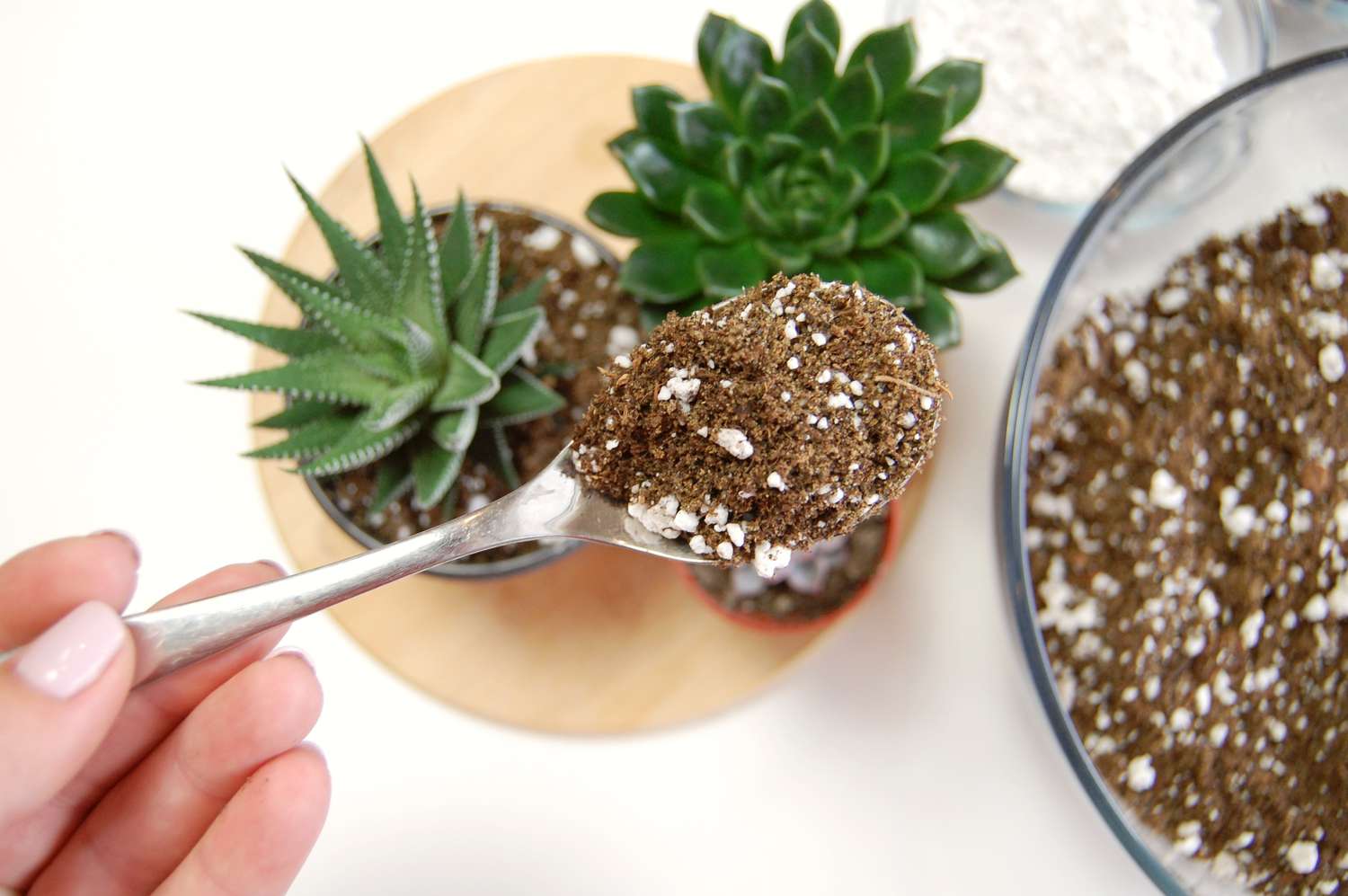
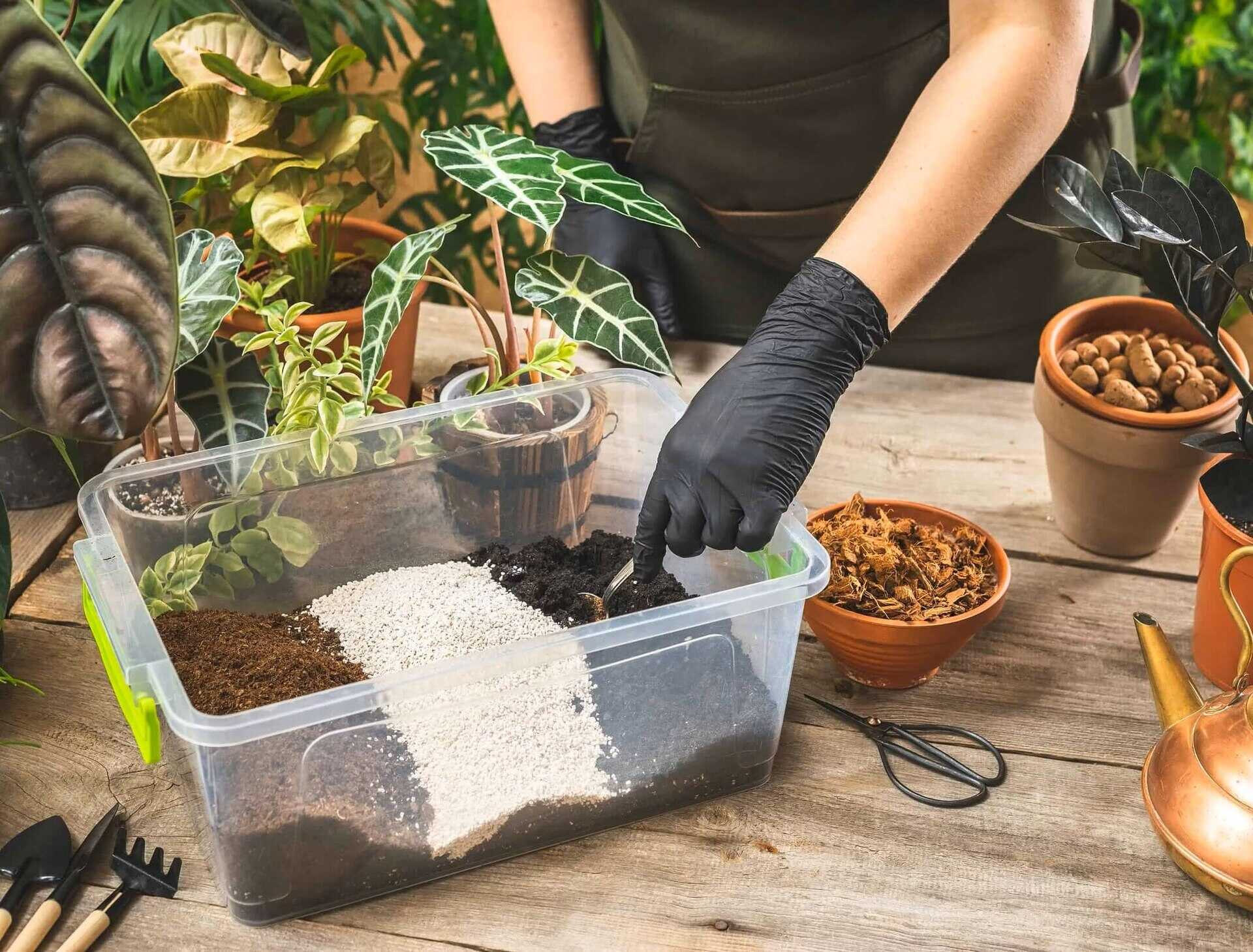
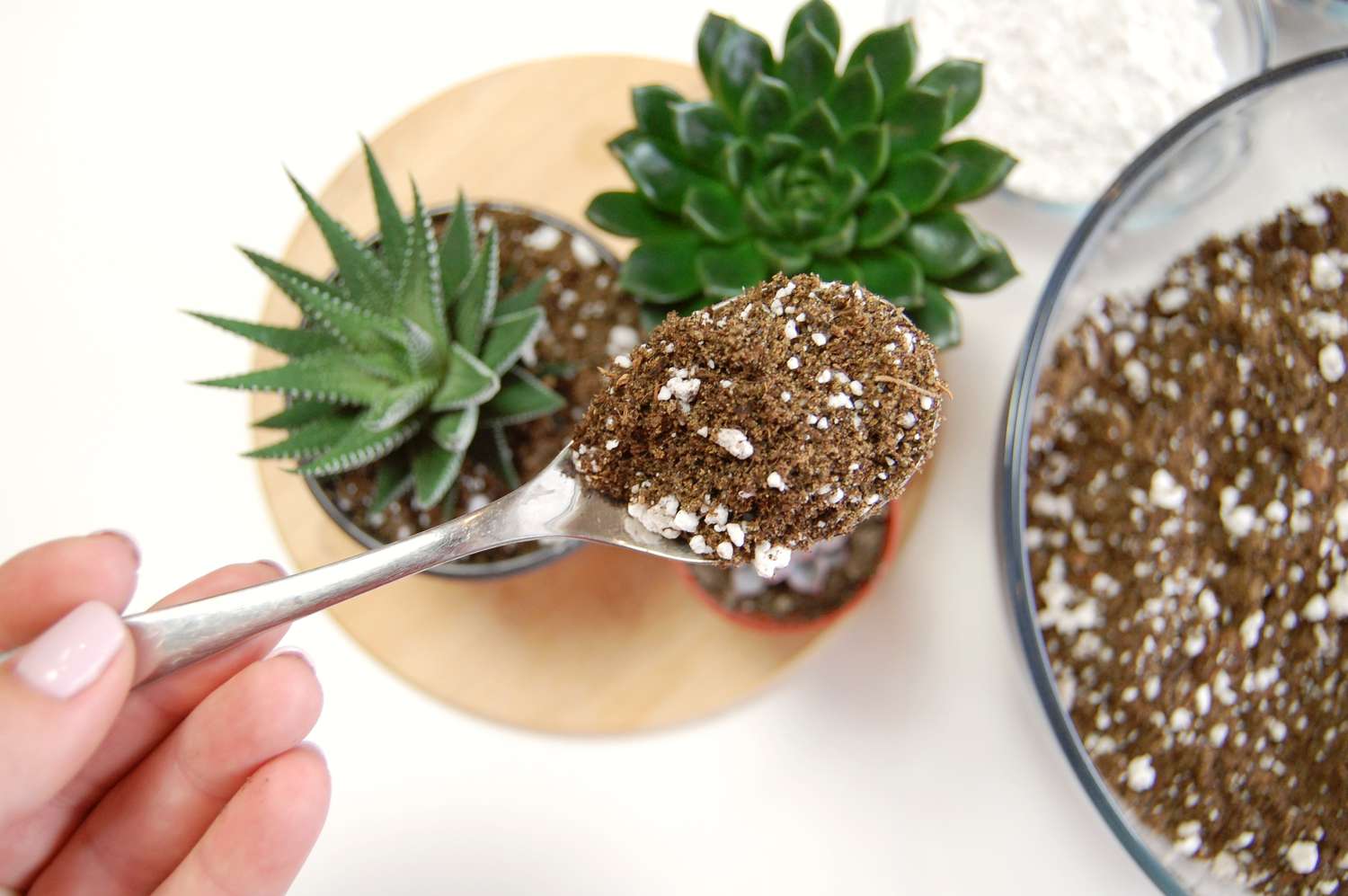
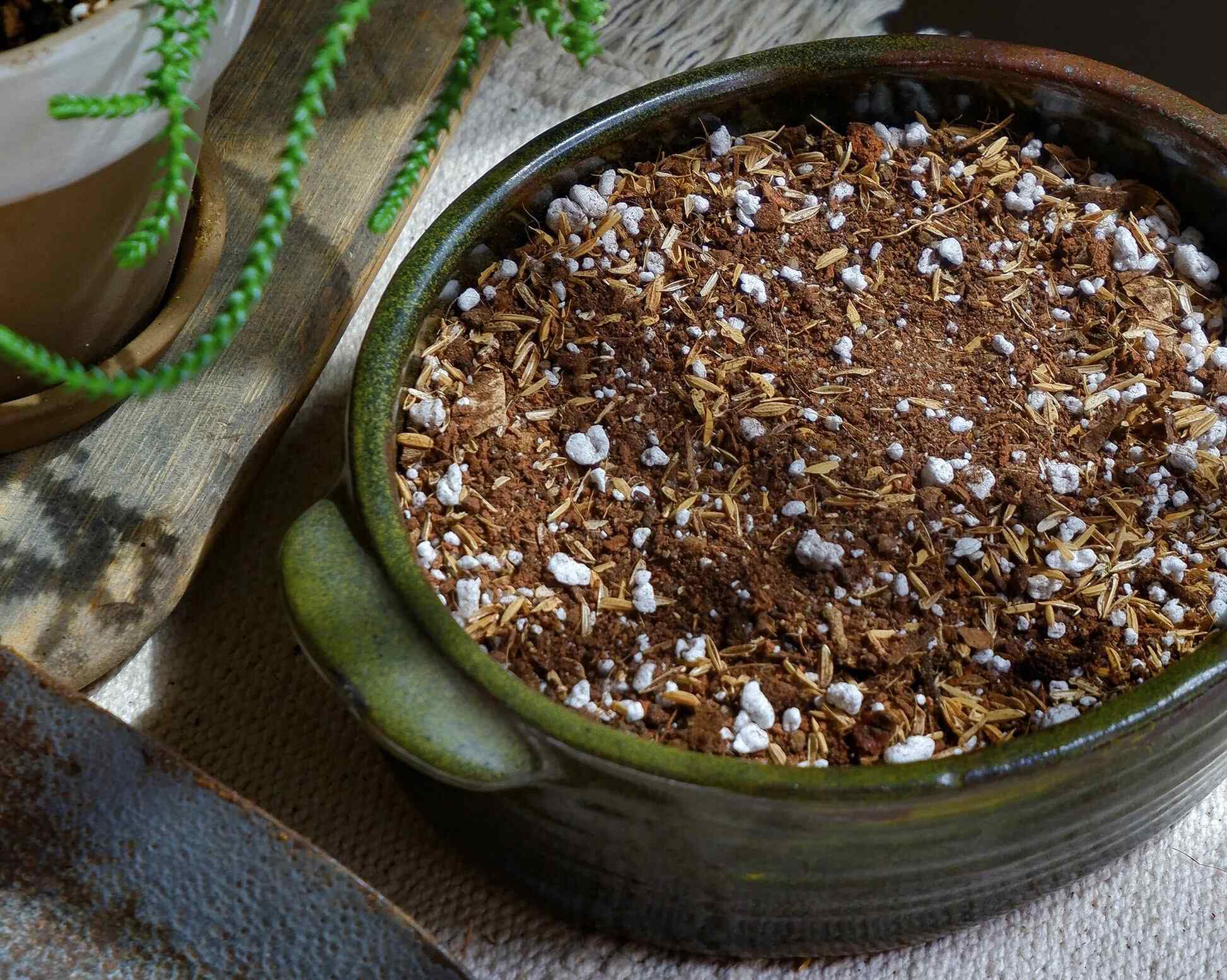
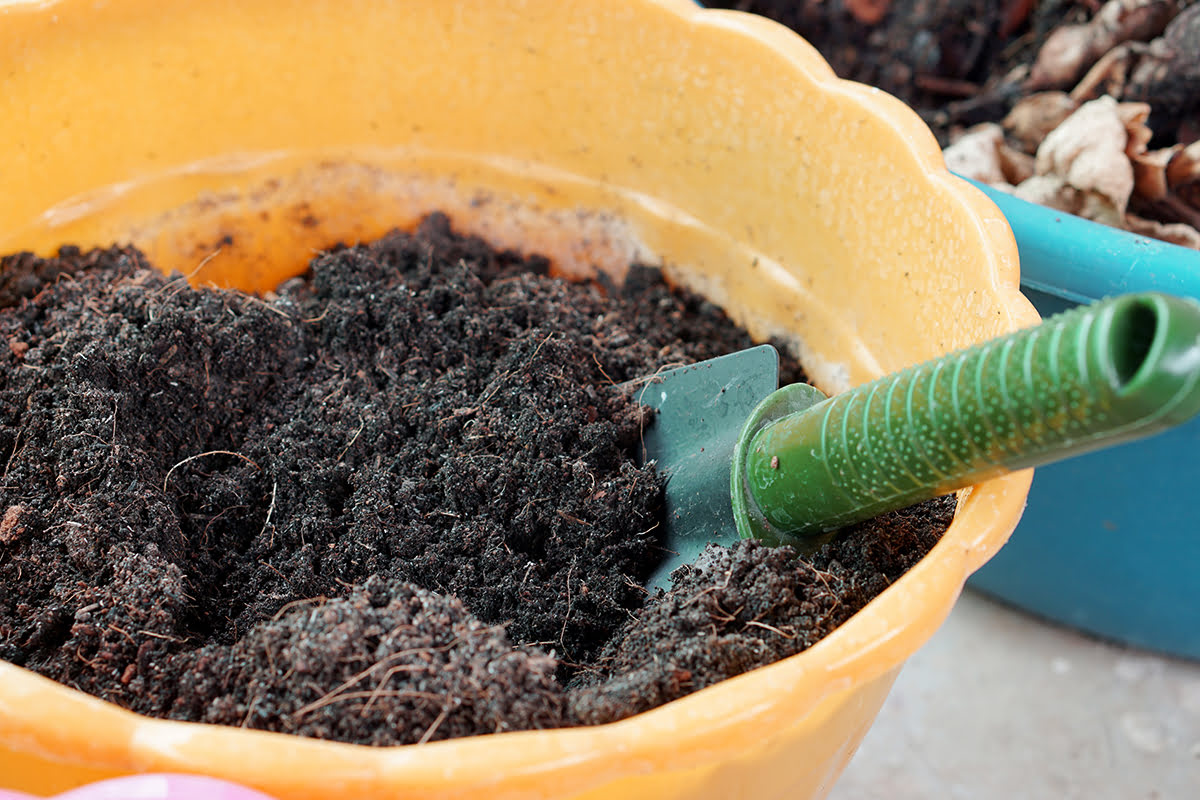
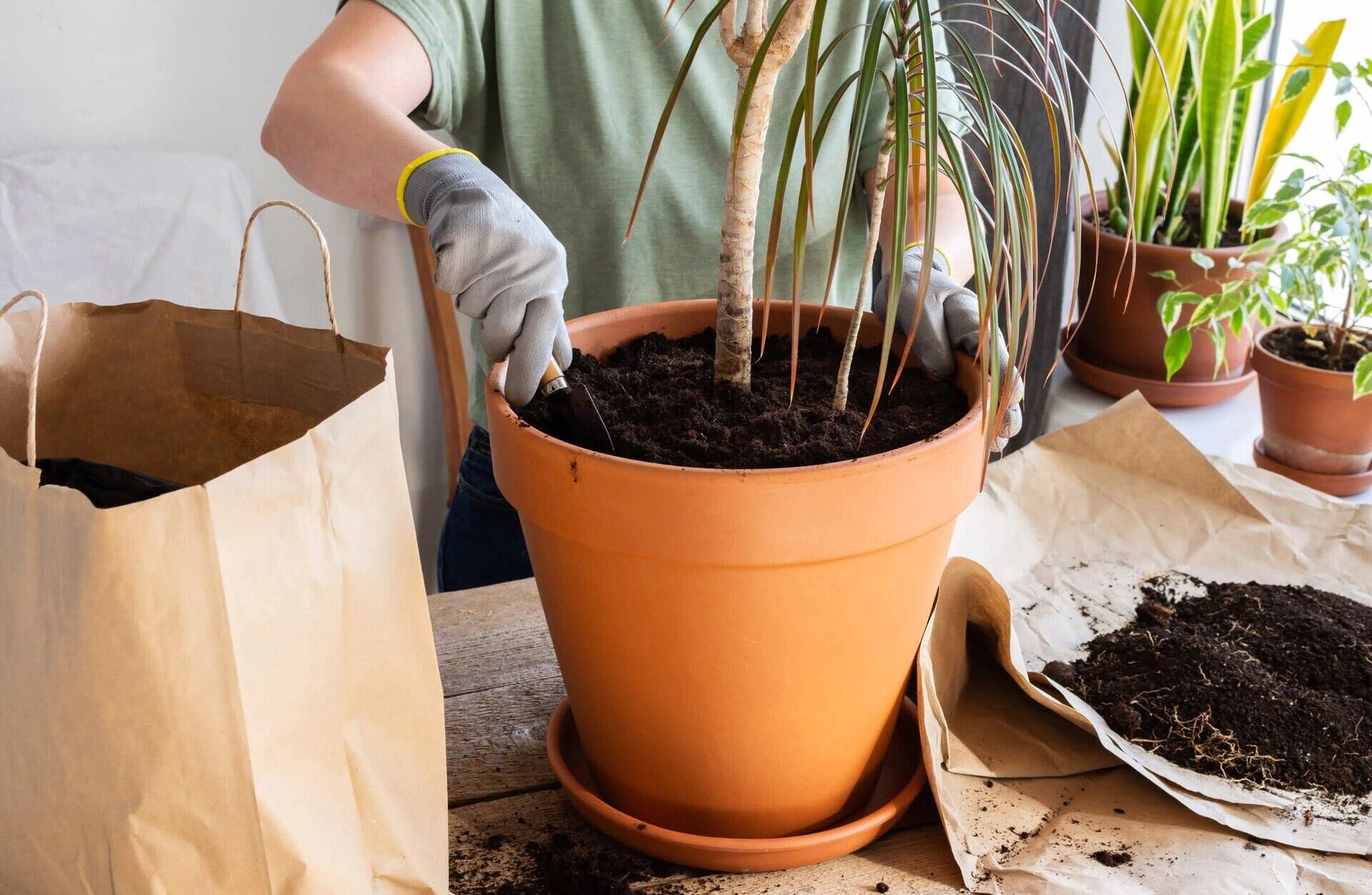
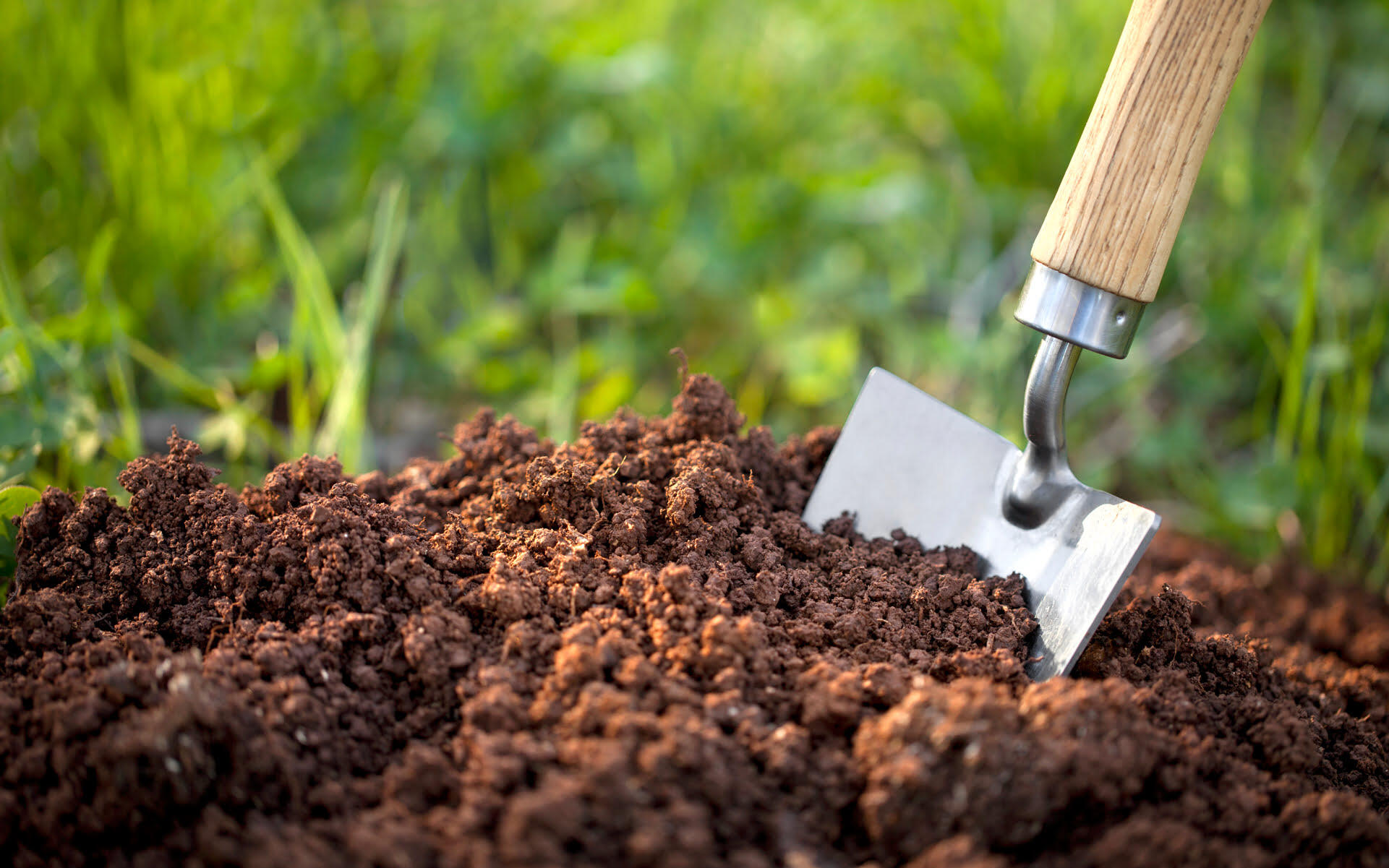
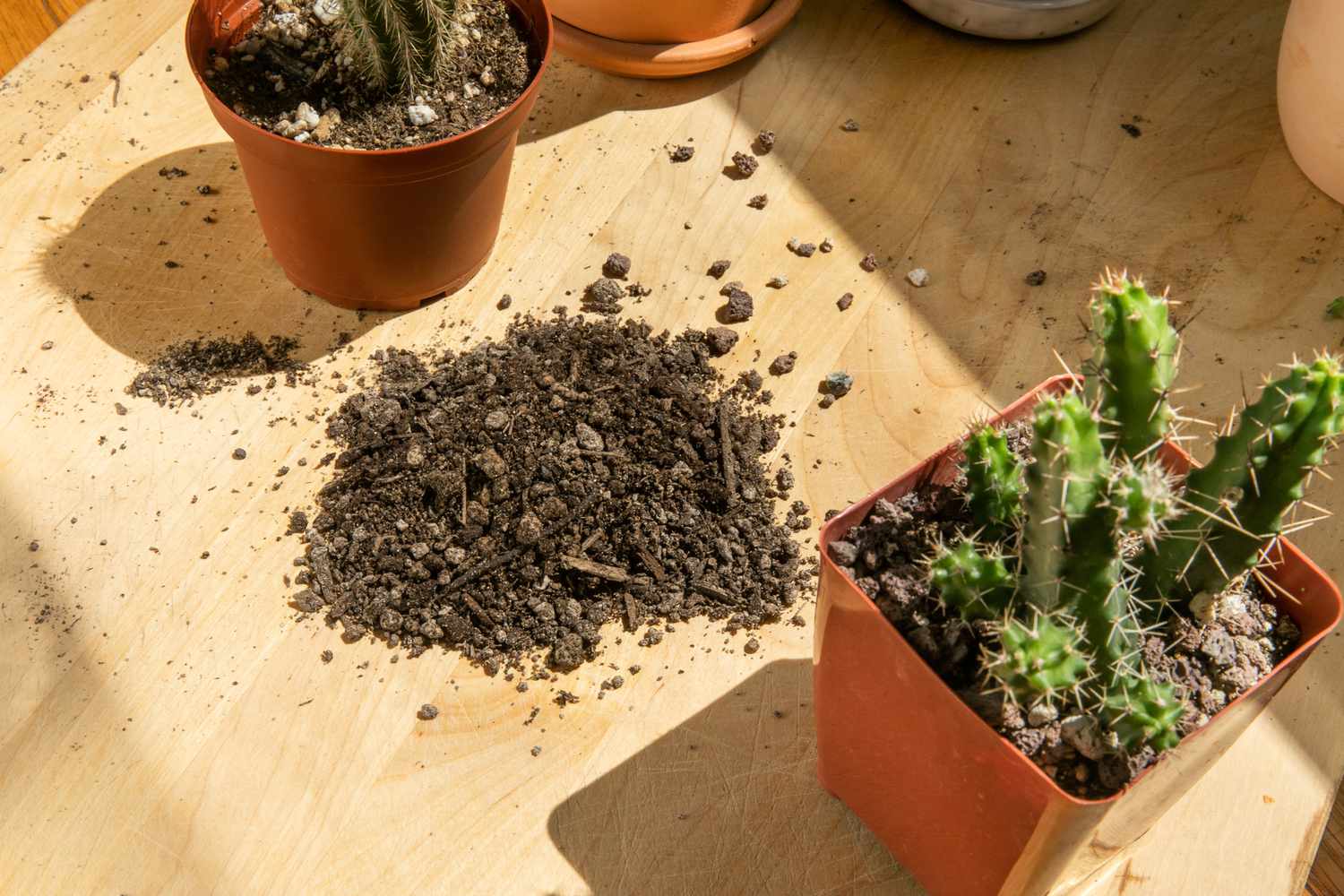
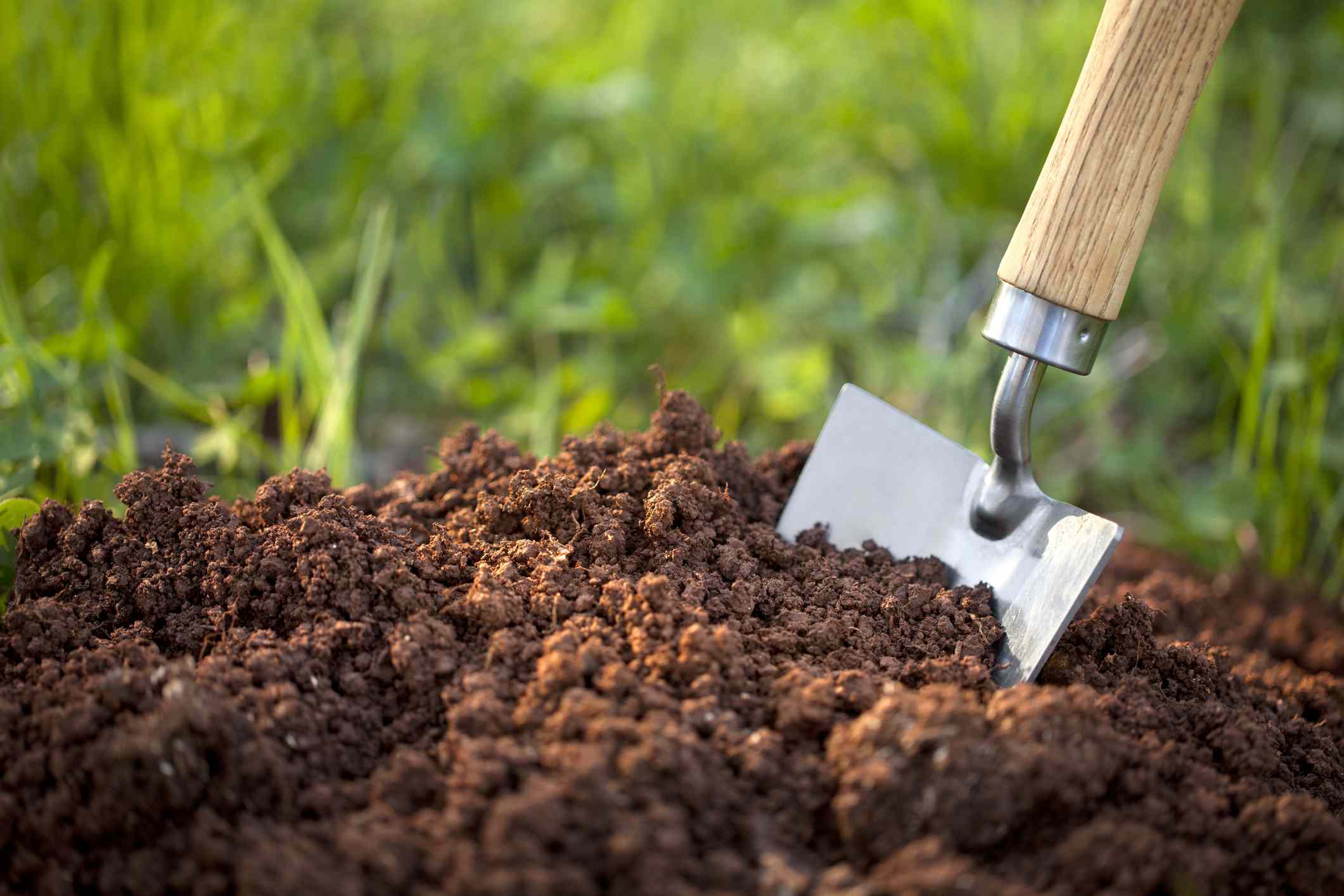
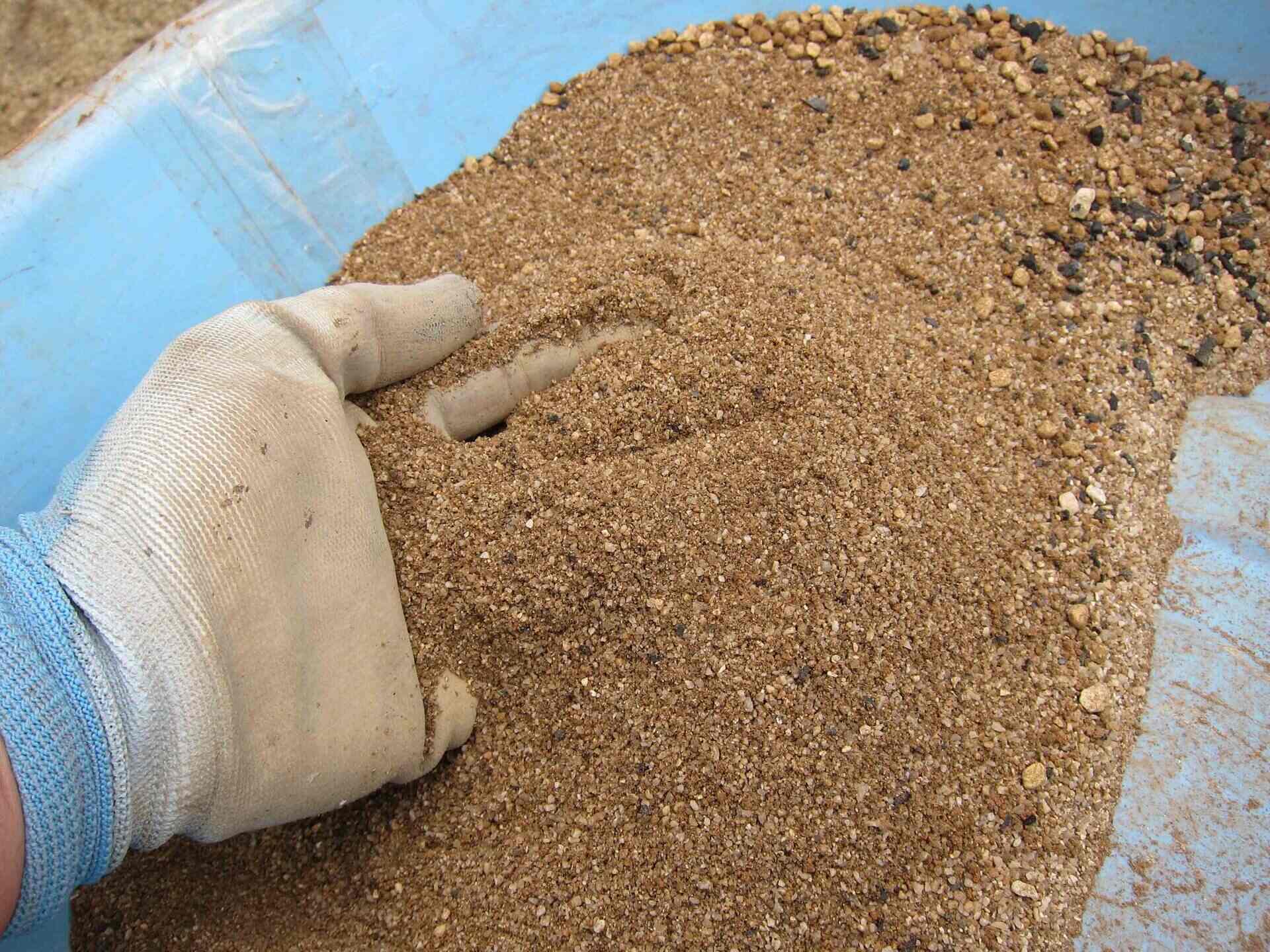
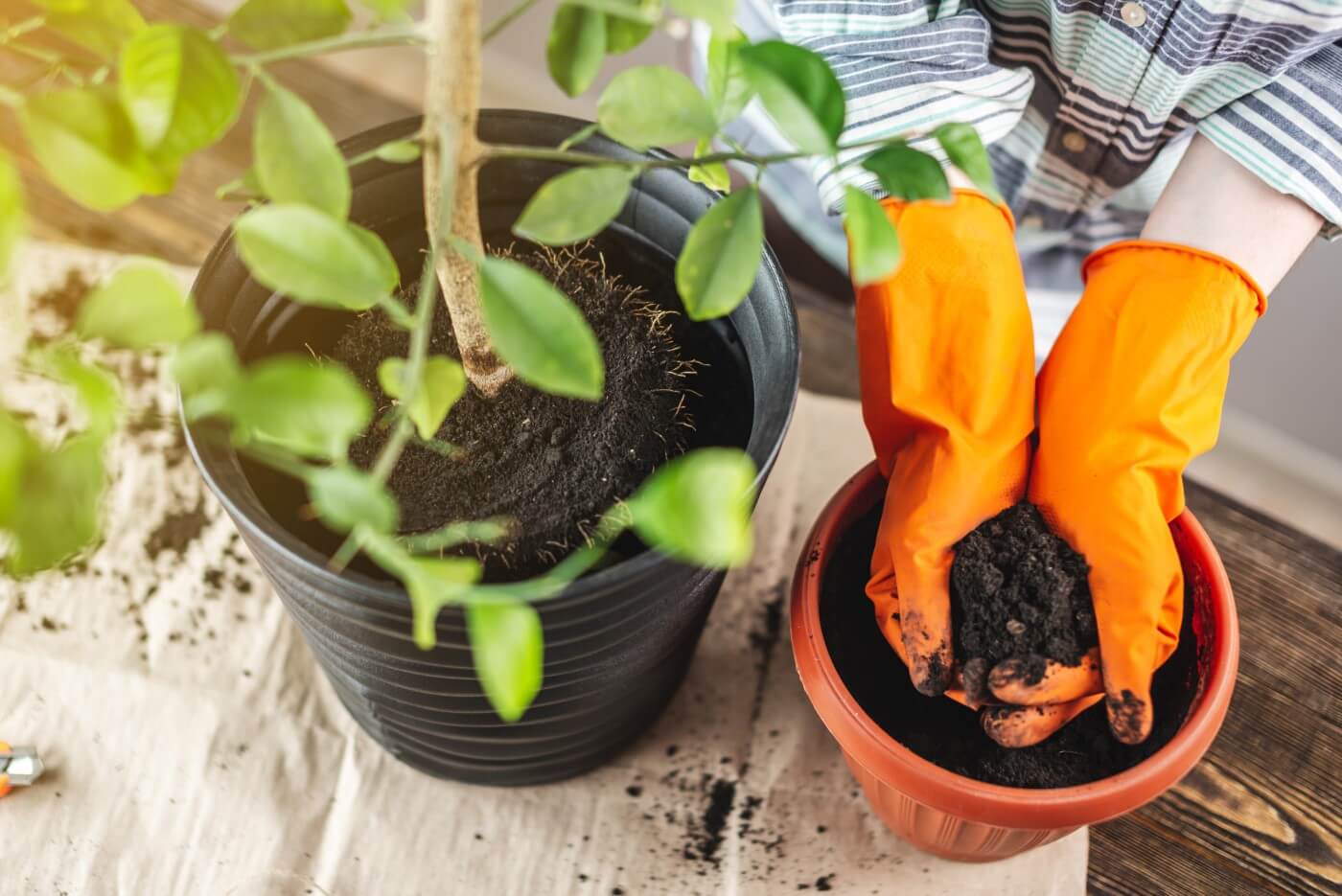
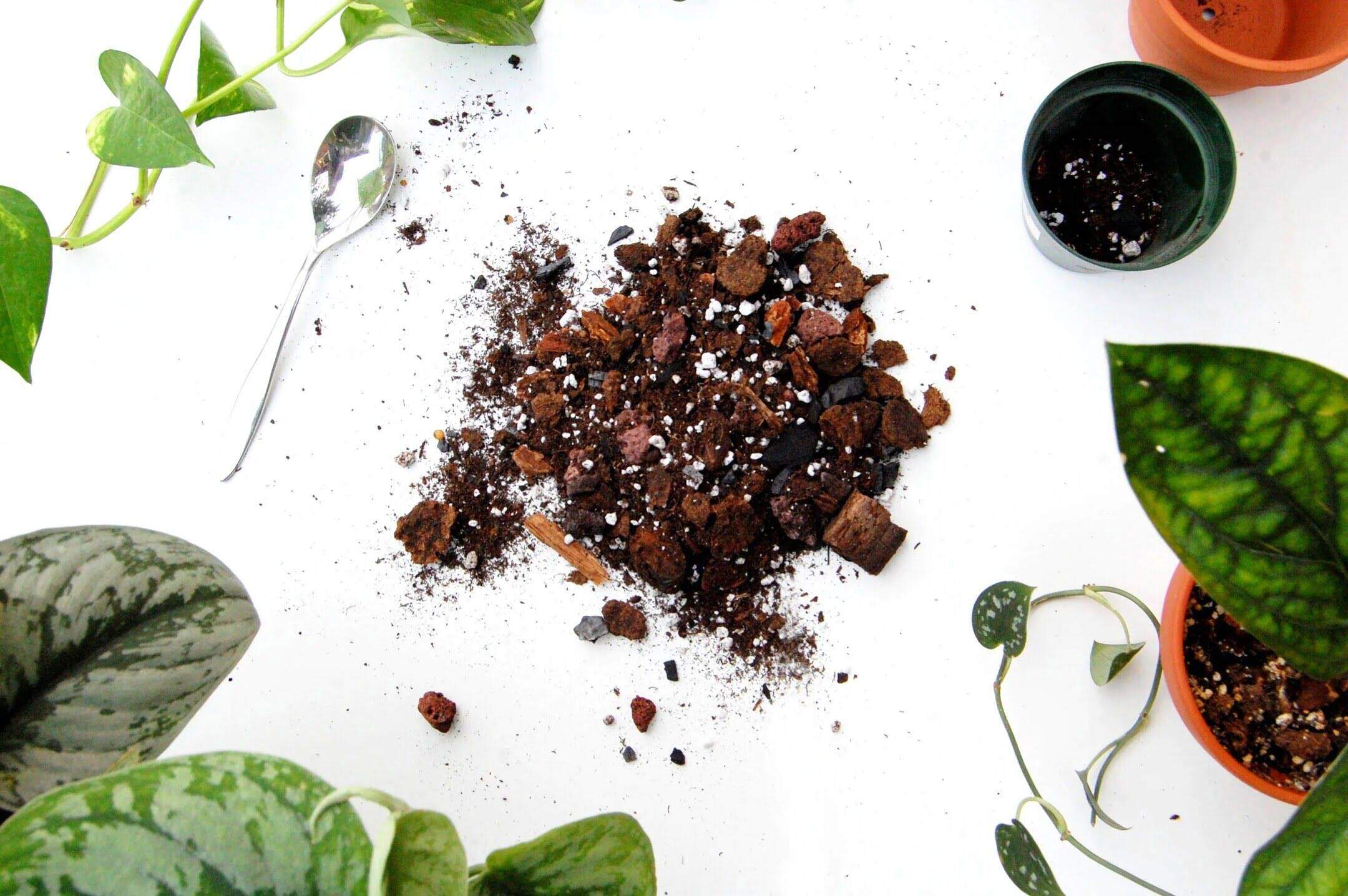
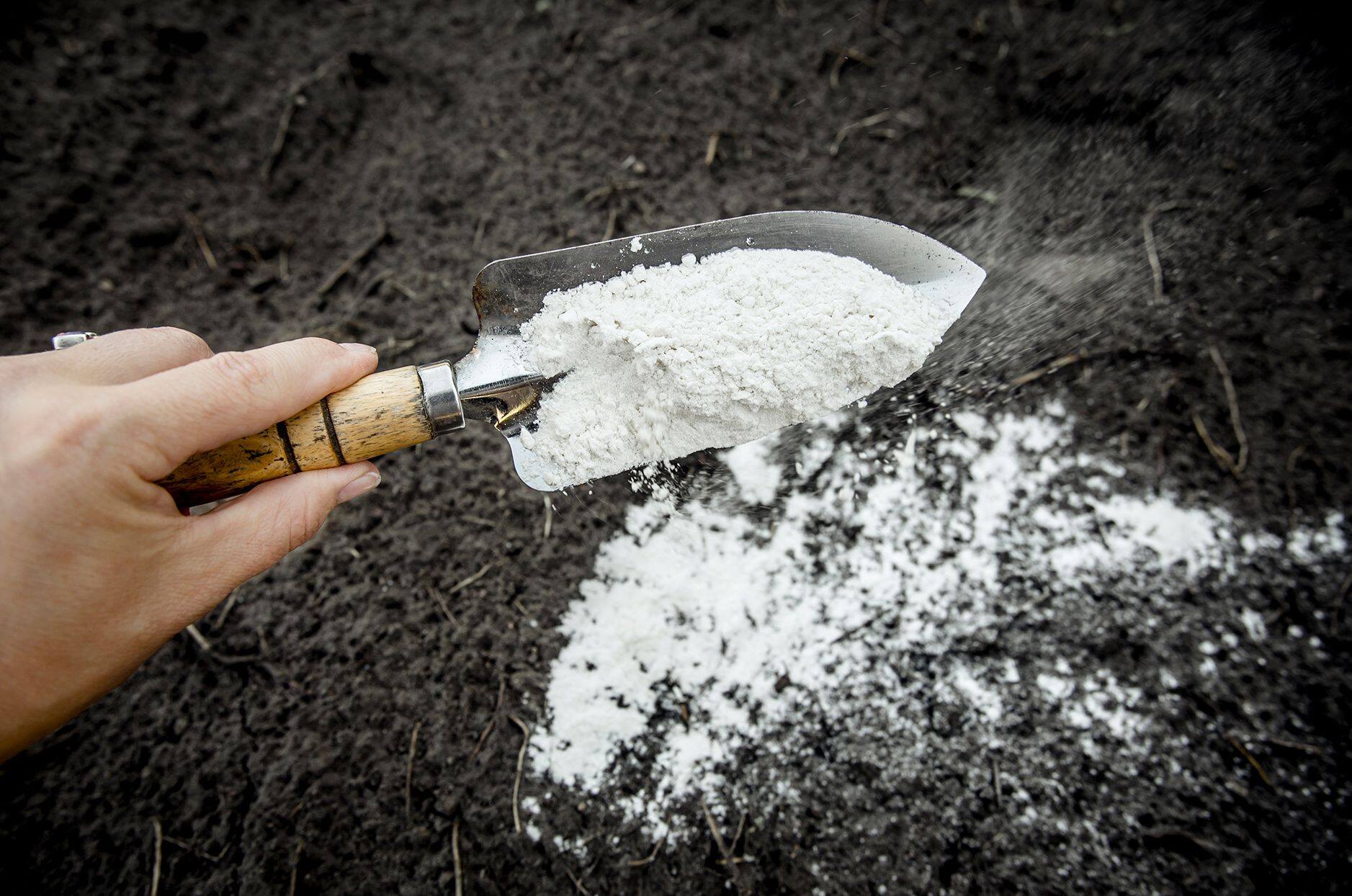
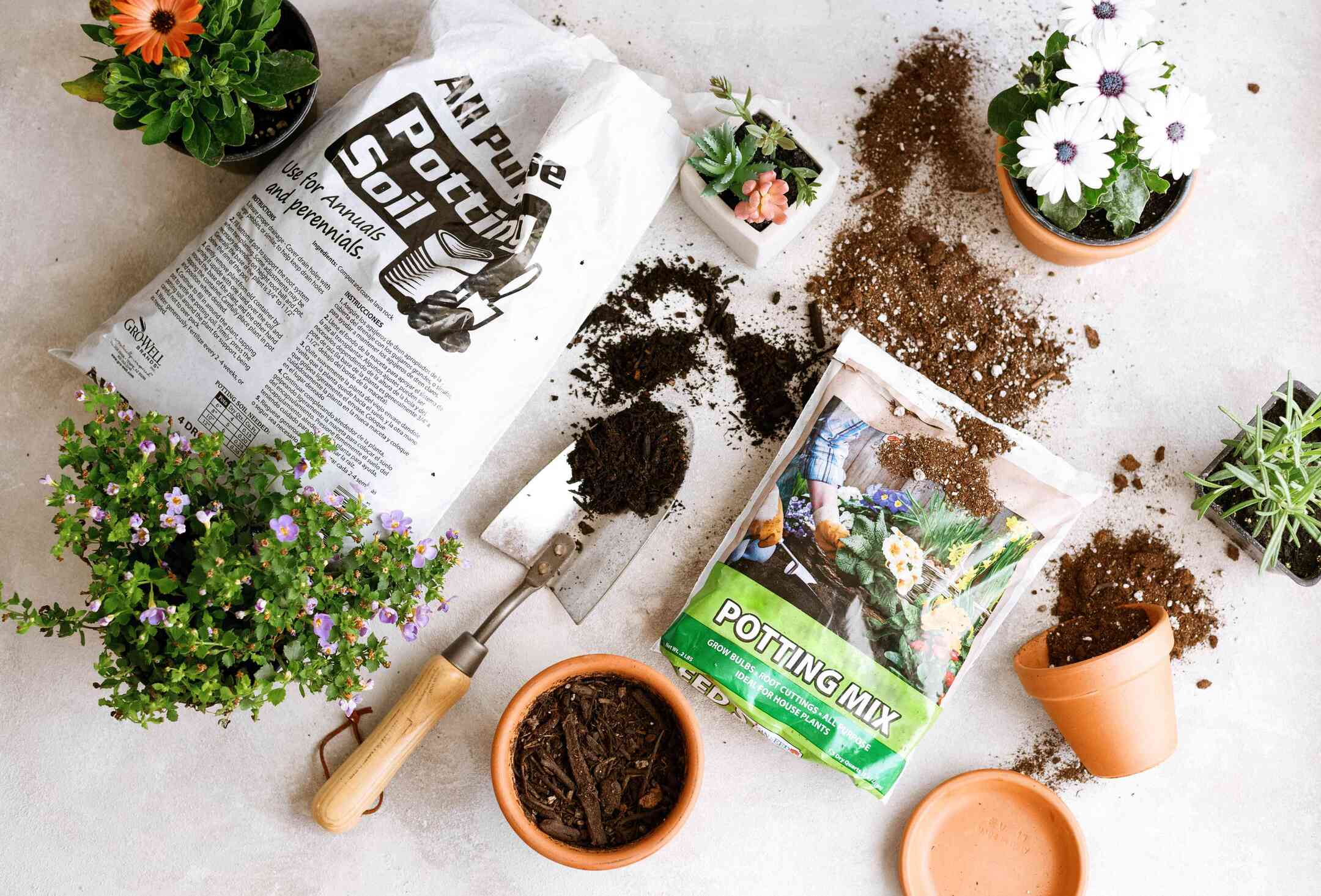

0 thoughts on “How Often To Replace 5-1-1 Soil Mix”